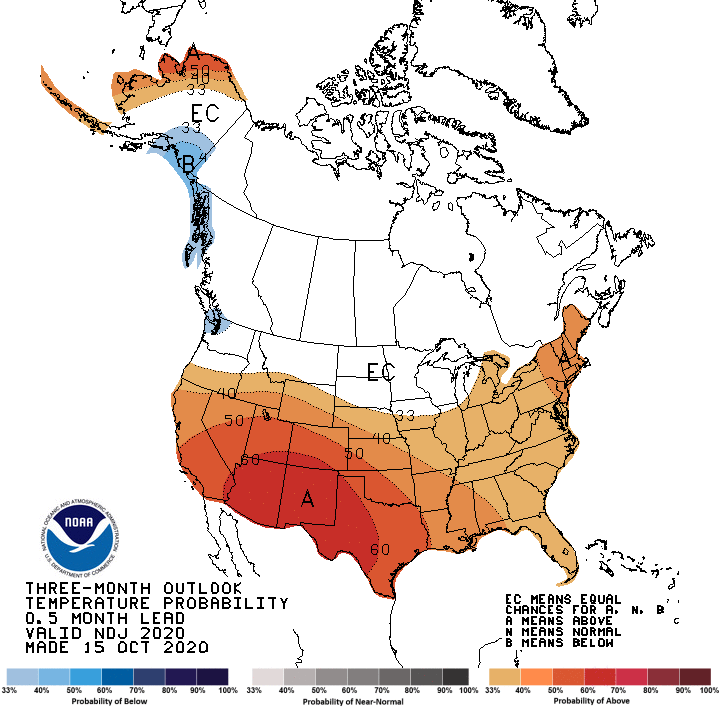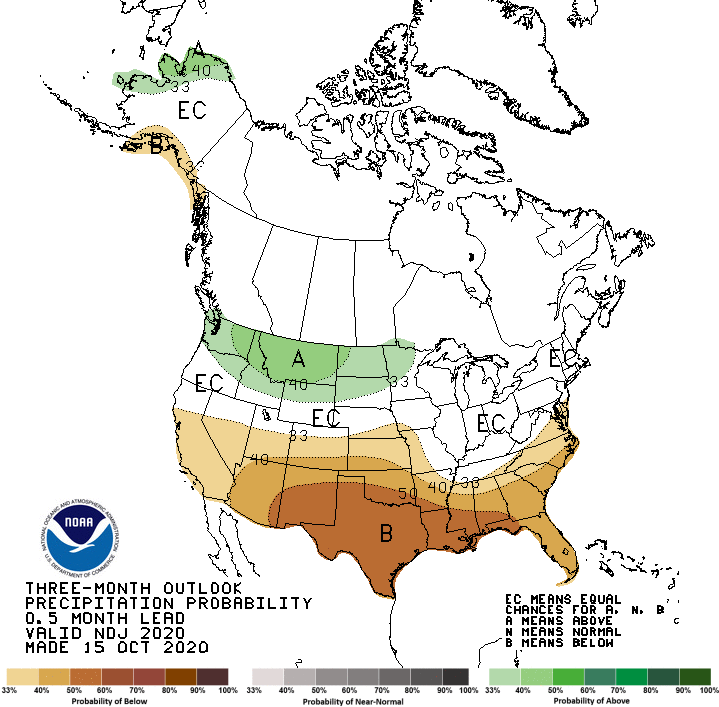It's the season most of us live in Florida to enjoy, one that brings snowbirds down from the north for six to seven months of the year, dry season.
It can also be one of our most volatile seasons with severe weather and tornadoes.
Now that we're into dry season, what can we expect through the rest of fall and into winter?
What You Need To Know
- Dry season typically runs mid-October to early May
- A strong La Nina will impact the season
- Lower rain chances and warmer temps
- Potentially active wildfire season
One major factor is that a strong La Nina that has developed. During a La Nina year, the forecast generally trends drier than a typical season.
An even stronger La Nina means confidence is much higher that we are definitely looking at a drier than average pattern ahead. This doesn't bode well for our wildfire season, which typically runs March through mid-May.
La Nina shifts our jet stream into a position that greatly influences weather patterns across the nation, including right here in Florida. We typically see a decrease in our seasonal rainfall and an increase in our temperatures, and this season is following suit.
From November through April, the pattern unfolding favors above-average temperatures over the entire state. The best chance for well above-average temps will fall from February through April.
This doesn’t mean we will stay warm all winter, because bouts of chilly air are still expected to drop in from time to time. We may even see temperatures drop to frost or freeze levels at some point in January, as we do in most winter seasons.

When it comes to rainfall, our dry season this year may live up to its name more than we would like, considering our plants still need that occasional drink of rain from the sky.
Below-average rainfall is forecast from November through December, and the confidence of this occurring is significant because of the moderate-to-strong La Nina in place.

This may lead us into expanding drought conditions from late winter into early spring if we’re unable to squeeze moisture from fronts and areas of low pressure. Unfortunately, stronger La Nina seasons could also bring an increase in wildfires, especially in March and April.
Since we are expecting fewer opportunities for rainfall, thunderstorms will be harder to come by as well. If we’re able to track storm systems into the state, severe thunderstorms are still quite possible.
Don’t let your guard down and be sure to sit down with your family and go over a plan should severe weather develop. Remember our motto, “Don’t be scared, just be prepared.”



